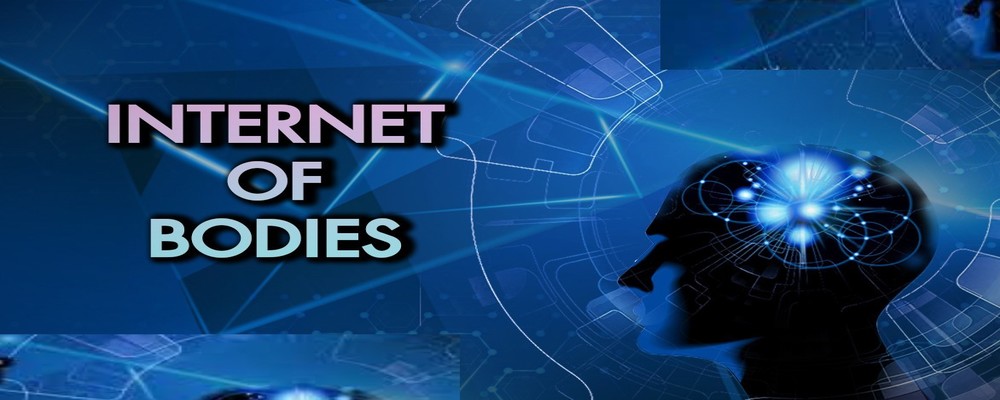Internet of Bodies are devices (implanted, swallowed or worn) that monitor the human body, collect health information and transmits that data over the Internet. IoBs devices combine software, hardware, and communication capabilities to track personal health data, provide vital medical treatment, or enhance bodily comfort, function, health, or well-being.
There are three generations of Internet of Bodies that include:
- Body external: These are wearable devices such as Apple Watches or Fit-bits that can monitor our health.
- Body internal: These are devices that go inside our bodies to monitor or control various aspects of our health. They include pacemakers, cochlear implants, and digital pills.
- Body embedded: This is where technology and the human body are melded together and have a real-time connection to a remote machine.
Examples of Internet of Bodies Devices in Use or Development

- A defibrillator or pacemaker, a small device placed in the abdomen or chest to help patients with heart conditions control abnormal heart rhythms with electrical impulses.
- A “smart pill” These pills have edible electronic sensors and computer chips in them. Once swallowed, these digital pills measure your gut environment as the sensor moves, collecting data from your organs and pinging data to your smartphone and then send it to a remotely connected device.
- “Smart contact lenses” integrate sensors and chips that can monitor health diagnostics based on information from the eye and eye fluid.
- Brain-Computer Interface (BCI), this is where a human brain is merged with an external device for monitoring and controlling in real-time to restore function to individuals with disabilities using brain signals rather than conventional neuromuscular pathways.
Challenges Faced by the Internet of Bodies Technology
- Despite their apparent benefits, IoB devices also complicate a field already faced with legal, regulatory, and ethical risks. IoBs can be easily accessed by persons with interest including criminals, security researchers, malicious attackers, health care provides among others.
- These devices also have numerous risks which include; bodily dependence on the device for health functional reasons, regulatory gaps, data beaches, passive collection or sharing of data without informed consent, personal identification among others.
- IoBs can lead to death/physical harm due to potential vulnerabilities such as malfunctions and hacking.
- Privacy is also of paramount concern. Questions arise on who can access the data collected and for what reason.
As technology advances, IoB devices continue to yield rich data that raises concerns about security, privacy and abuse. Therefore, users should always be aware of their IoB devices activity and promptly report any concerns to their providers.




